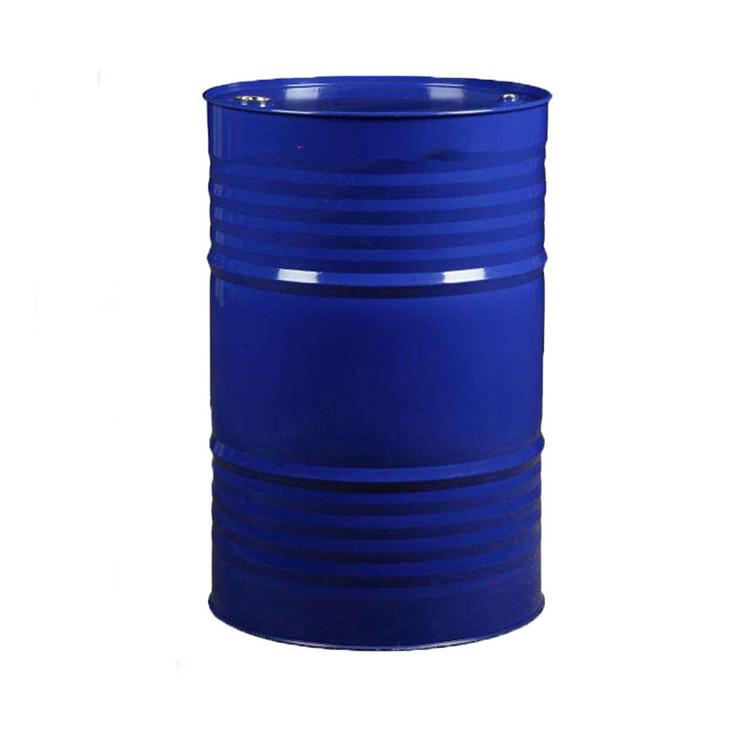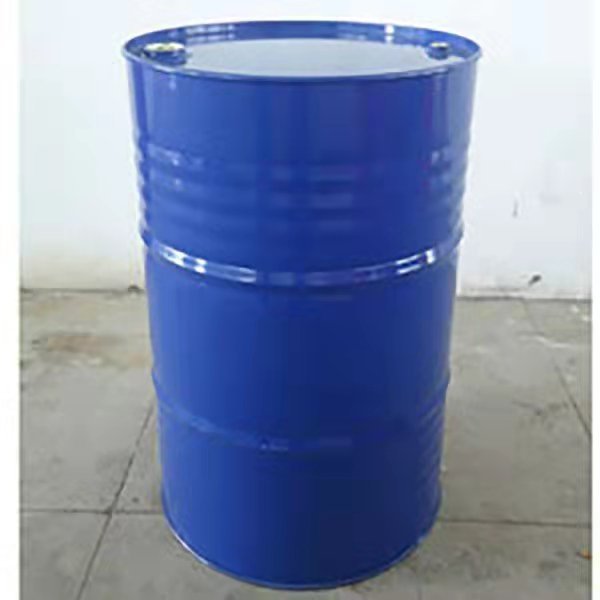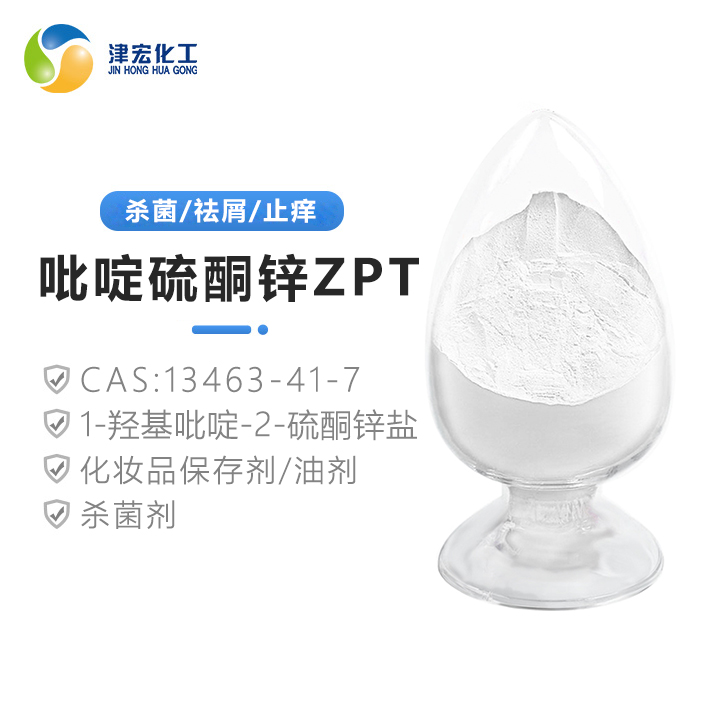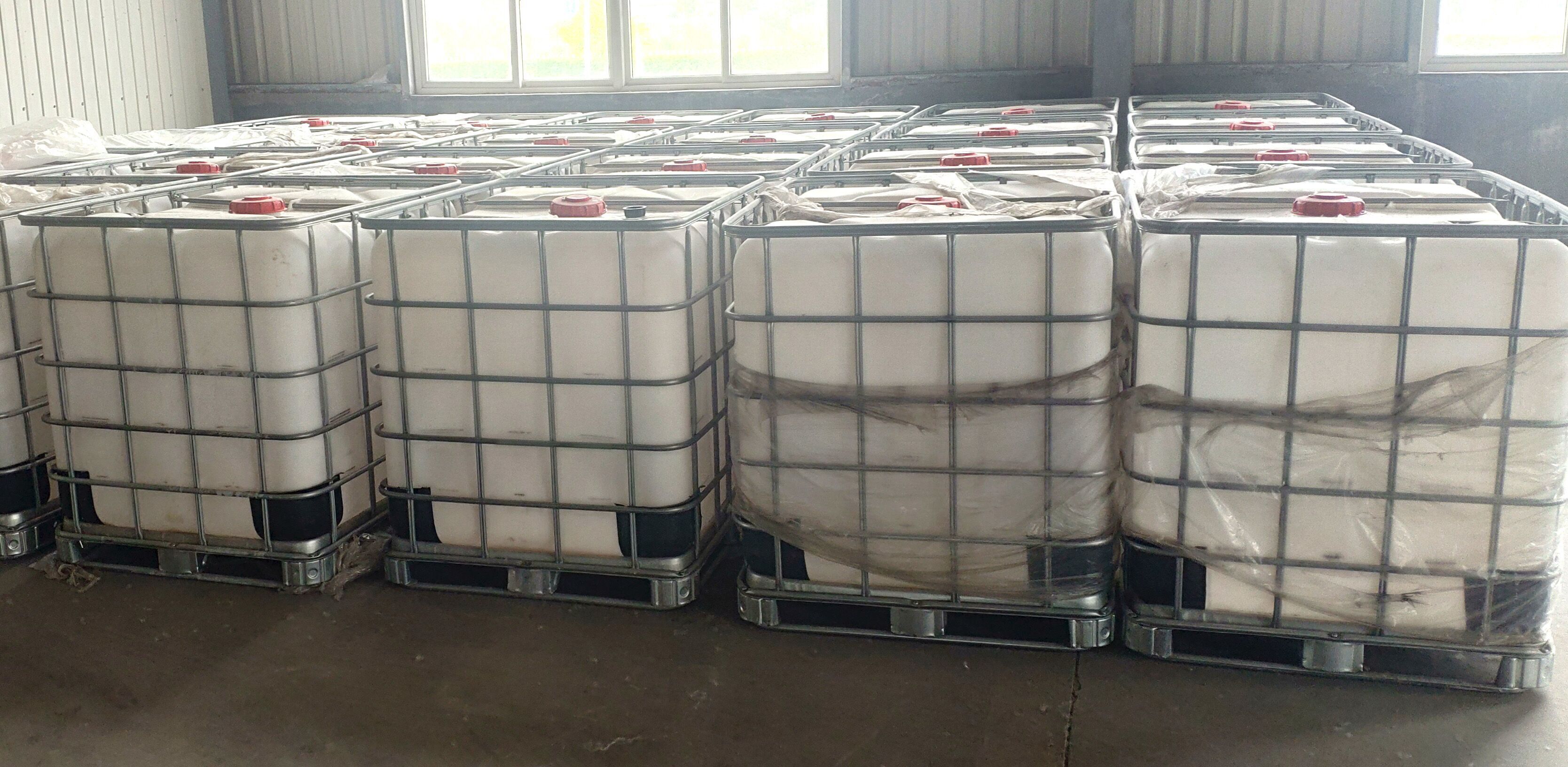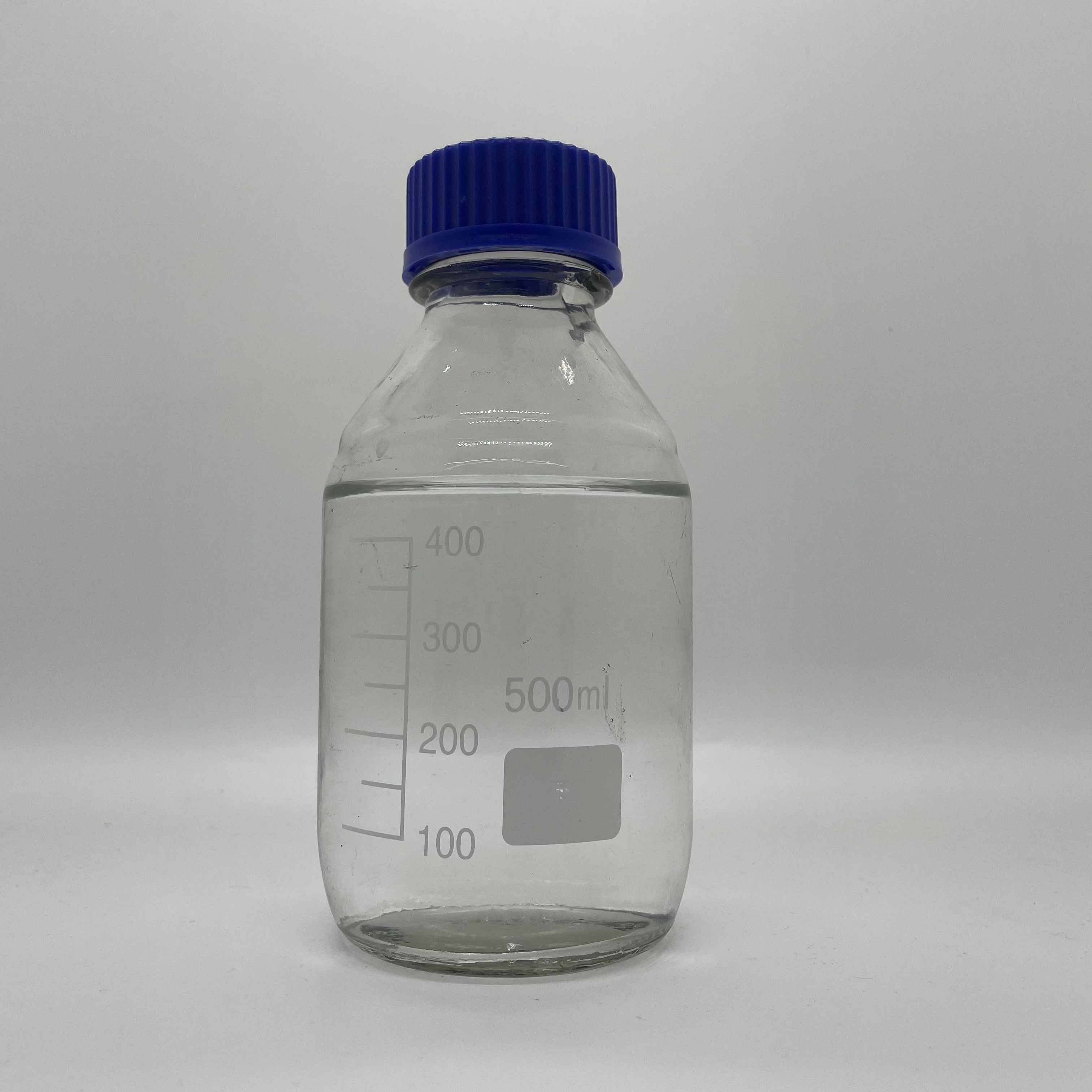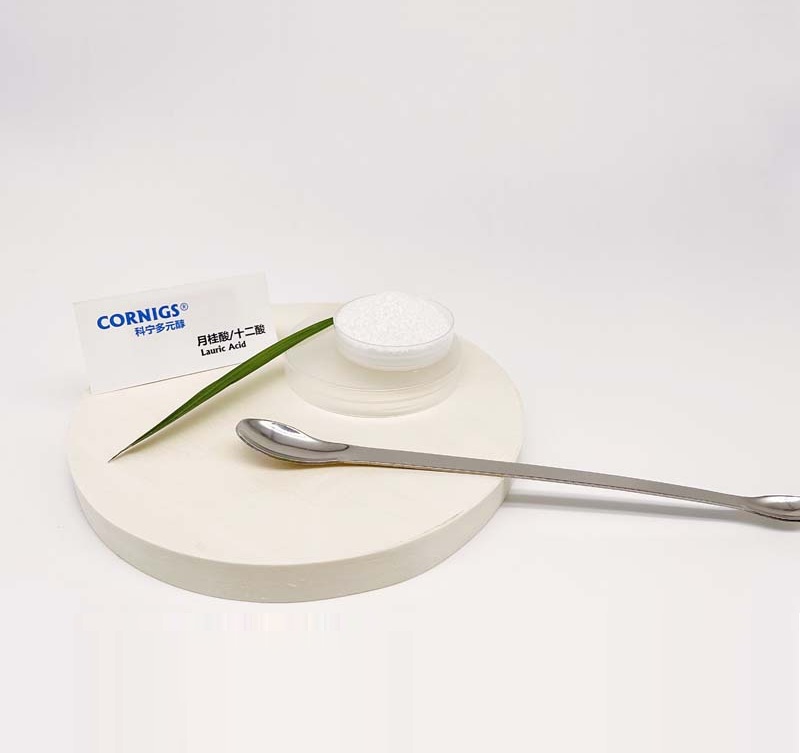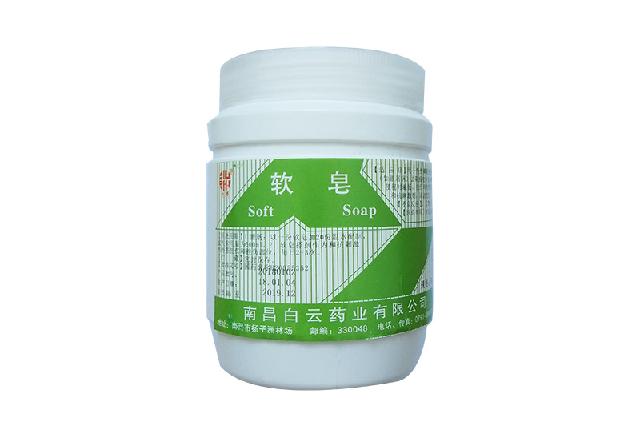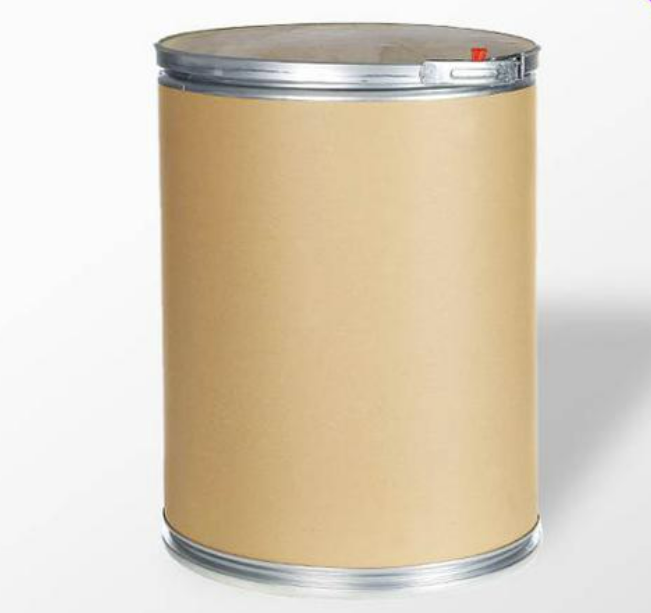CAS:1344-09-8
Molecular Formula:Na2O3Si
Alias
More Information
Sodium Trisilicate; Silicato de Sodio; Solid Sodium Silicate; Waterglass; Sodium Siliconate; Sodium Silicate Solution; Sodium Polysilicate; Silicato de Sidio; Sodium Silicate Systems; Sodium Silica
Brief Introduction
It is mainly used as adhesive for printing paper, wood, welding rod, casting, refractory materials, filler for soap industry, soil stabilizer and rubber waterproof agent. It is also used for paper bleaching, mineral flotation and synthetic detergent. It is not only a component of inorganic coatings, but also the raw material of silica gel, molecular sieve, precipitated silica and other silicon products.
Suppliers
View More Vendors (2) >
CAS:13463-41-7
Molecular Formula:C10H8N2O2S2Zn
Alias
More Information
ZPT; Kopthione Powder; zinc;1-Oxidopyridin-1-ium-2-Thiolate; Zinc Pyrithione Powder; Pyrithione zinc
Brief Introduction
Zinc Pyrithione is used in shampoo to remove dandruff, which can inhibit the growth of gram-positive and negative bacteria and molds. It can effectively care hair, delay hair aging, and control the generation of white hair and hair loss. Zinc pyridinethione ZPT has strong killing power against fungi and bacteria, and can effectively kill the fungi that produce head dander and play a role in dandruff removal. Zinc pyridinethione ZPT, as a dandruff remover with a long history, is widely known in the shampoo industry and adopted by many well-known brands. Zinc pyridinethione ZPT is also widely used as cosmetic preservative, oil agent, pulp, coating and bactericide.
Suppliers
View More Vendors (2) >
CAS:13870-30-9
Molecular Formula:Na2O7Si3
Alias
More Information
Sodium Silicate Pentahydrat; Na-Sg-Ii; Styrofoam Alkali; Si3Na2O7; Sodium Silica Gel Stage I; Sodium Trisilicate; Siliconsodiumoxide(Si3Na2O7); Water Glass; Siliconsodiumoxide; Na-Sg-I; Sodium Silica Gel Stage Ii; Disodium Trisilicon Heptaoxide; Sodium Silica Gel Stage I Extent Of Labeling; Sodium Silicate FOOD Grade
Brief Introduction
The particularity of sodium silicate makes it the basic raw material of silicon compounds. Whether it is directly used as a substrate or carrier, or used after deep processing as an intermediate, it has a wide range of applications. It is widely used in chemical industry, light industry, metallurgy and mechanical casting industry, textile industry, construction and building materials industry, agriculture and other fields.
Suppliers
View More Vendors (2) >
CAS:143-07-7
Molecular Formula:C12H24O2
Alias
More Information
Lauric Acid; Emery651; Dodecanoic Acid(C12); Dodecanoic Acid; N-Dodecanoic Acid
Brief Introduction
Dodecanoic acid is most widely used in surfactant industry. According to the classification of surfactants, dodecanoic acid can be divided into cationic type, anionic type, non-ionic type and amphoteric type. See the attached table of this item for the varieties of dodecanoic acid surfactants. Some surfactants of dodecanoic acid and dodecanol derivatives are also disinfectants, such as dodecyl dimethyl benzyl ammonium chloride (geramine), dodecyl dimethyl benzyl ammonium bromide (Bromogeramine), dodecyl dimethyl (2-phenoxyethyl) ammonium bromide (Domiphen). Dodecyl dimethyl ammonium-2,4,5-trichlorophenol salt in these derivatives can be used as citrus preservative. Dodecanoic acid has many applications in plastic additives, food additives, perfume industry and pharmaceutical industry.
Suppliers
View More Vendors (2) >
CAS:14797-55-8
Molecular Formula:NO3-
Alias
More Information
N511; No3 Anion; Dihydroxyazane Oxide; Azonic Acid; Nitrate Ion; Nitrate, Ion Chromatography Standard Solution, Specpure(R), No3- 1000μG/Ml; Nitrate, Ion Chromatography Standard Solution, Specpure, No3- 1000G/Ml; Nitrate Ion Chromatography Standard Solution, No; No3; Nitrogen Standard; Nitrate Single Component Standard; Nitrate Standard
Brief Introduction
Nitrate is a Polyatomic Ion with molecular formula NO3 − and molecular weight of 62.0049 g / mol. Nitrate is also described as the organic functional group rono2. These nitrates are a professional explosive. CP #3 is a salt formed by nitrate ion NO3 −. Many metals can form nitrates, including anhydrous salts or hydrates.
Suppliers
View More Vendors (2) >
Inquiry (
10
/ 10
)
Clear All
Sign In
Error!

